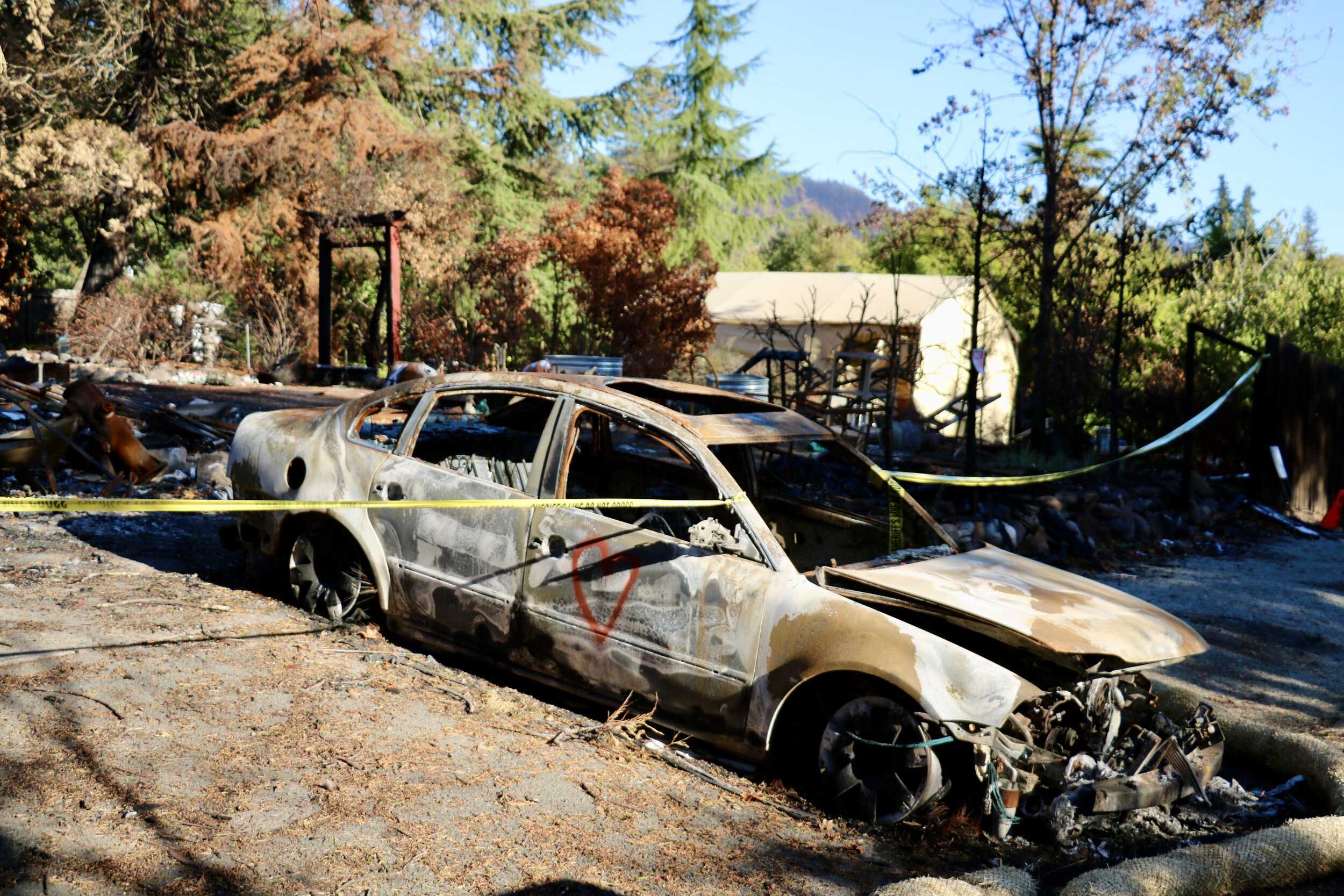Pacific Gas & Electric Company (PG&E) has come under fire once again over claims that they had been neglecting maintenance on multiple power grids, which inevitably led to some of the worst wildfires California has ever seen. This backlash comes after Sonoma County prosecutors filed criminal criminal charges last week against the company as a result of the Kincade fire in 2019, which burned more than 77,000 acres and destroyed nearly 400 buildings.
A commission audit done by PG&E in 2020 showed that the company hadn’t even completed 5% of tree trimmings around their most at-risk power lines. Because of this, The California Public Utilities Commission(CPUC) has ordered PG&E to create a plan for how to prioritize maintenance in these high-risk areas.
If the commission feels like PG&E has failed to adhere to their 6-step “escalating regulatory enforcement process,” they run the risk of losing their operating license, which could lead to the state forcing the company into becoming a nonprofit public benefit corporation.
“My concerns arose from what appears to be a pattern of vegetation and asset management deficiencies that implicate PG&E’s ability to provide safe, reliable service to customers,” said CPUC President Marybel Batjer in a letter to the Chief Financial Officer at PG&E, William Smith.
Receiving flack like this isn’t new to PG&E, as last year the company pleaded guilty to 84 counts of manslaughter following the Camp fire, the deadliest wildfire in California’s history. According to the Wall Street Journal, the company was also responsible for more than 1,500 wildfires spanning from January 2014 to December 2017.
“PG&E’s conduct continues to be something of great importance and controversy for a lot of us,” Commissioner of the CPUC Clifford Rechtschaffen said in a comment to the San Francisco Chronicle, who added that the plan will be, “one aspect of many tools that the commission has to keep PG&E accountable.”
PG&E seems to be well aware of the concerns facing themselves, as they’ve admitted to multiple infractions, while also working to make amends for them.
In a statement of PG&E’s website regarding public safety, the company said, “PG&E’s efforts to keep the public safe range from comprehensive programs to train our workforce to investments in our gas and electric infrastructure to enhanced record-keeping systems.”
They went on to say, “With the increased wildfire threat our state faces, PG&E is also enhancing and expanding our efforts to reduce wildfire risks and keep our customers and communities safe.”
While PG&E wants to move towards better service and less overall fire-risk, critics continue to slam them for their negligence over the years, calling the company’s management weak and some even going as far to say that without proper regulation, they have “a license to burn.”
With California’s fire season quickly approaching, those keeping PG&E in check are hoping the company will step up and improve on that which has been so heavily criticized for the sake of public safety.
“The CPUC continues to make customer safety a top priority and expects leadership from PG&E to execute on its safety responsibilities,” Batjer said, “When PG&E is unable to do this on its own, we have used, and will continue to use, the tools and authority at our disposal to hold PG&E accountable for these responsibilities.”



































